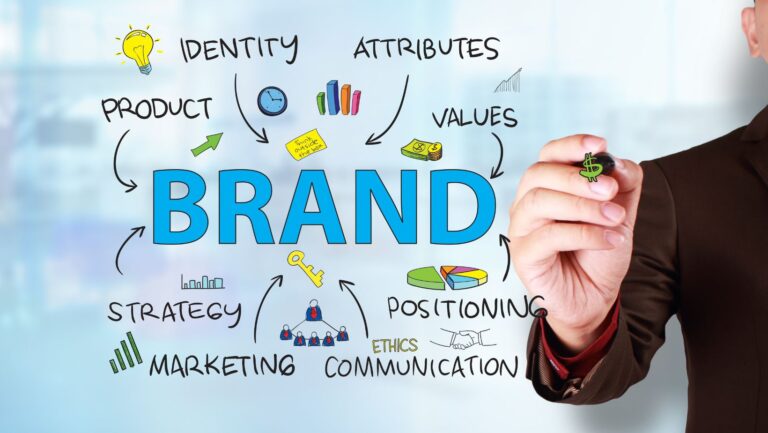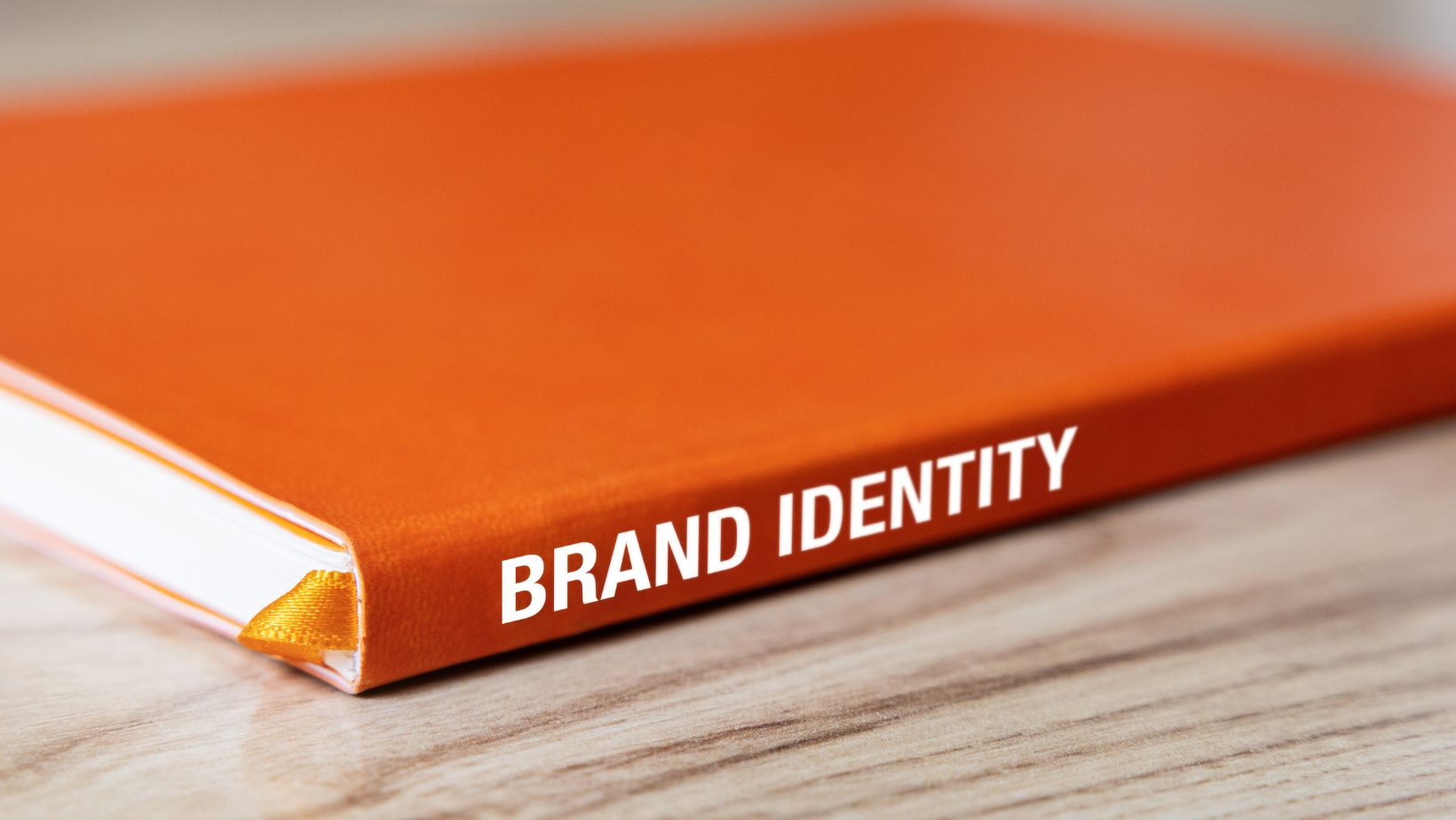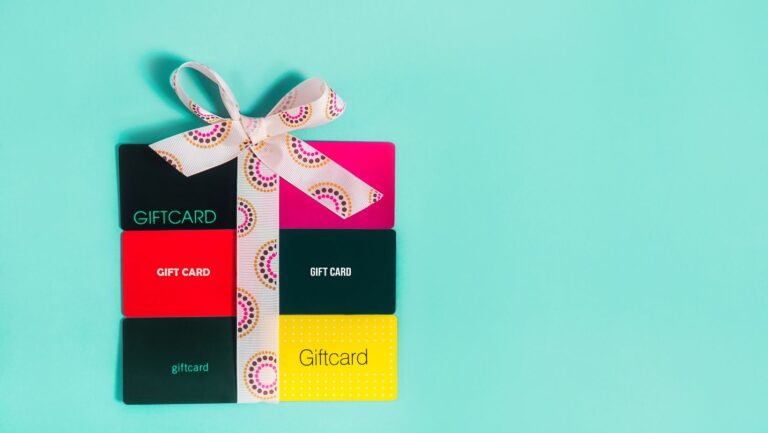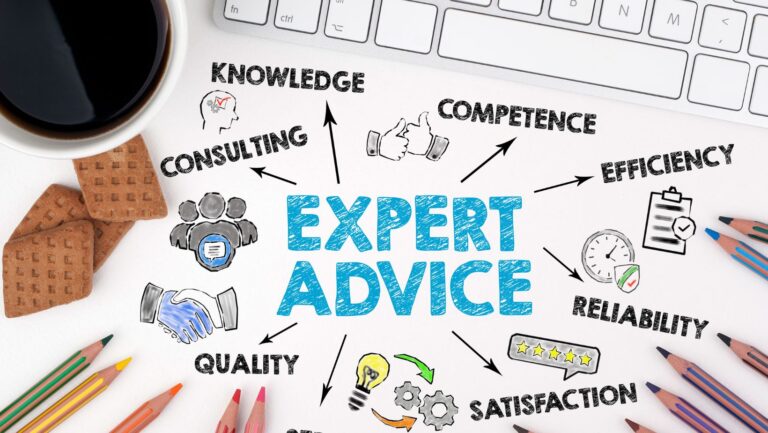A strong brand is more than a logo. It’s the face of your business. Branding and identity services craft the voice, visuals, and values that set you apart. You might think of these services if you want to build trust, connect with audiences, and stand out in the crowded market.
Let’s explore what a brand identity agency has to offer and how these services add value to your business.
What is Brand Identity?
How do customers recognize and remember you? This is the question the brand identity is supposed to address through logos, colors, and typography. But that’s not all – the deeper layers, such as brand values, tone of voice, and brand culture are also part of your brand identity.
Brand identity communicates how you present yourself to the world.
| Aspect | Explanation | Example |
| Visual Language | How a brand communicates through design—logos, colors, and typography. | Apple’s clean design, Nike’s swoosh. |
| Brand Personality | The tone and character behind a brand. It defines how your brand “speaks” to the audience. | Innocent Drinks: playful, quirky; Volvo: safe, reliable. |
| Values & Mission | The deeper purpose that guides the brand’s actions and decisions. | Patagonia: environmental responsibility; Tesla: innovation and sustainability. |
| Consistency | Maintaining a unified look, feel, and message across all brand touchpoints. | Coca-Cola’s red, bold typography worldwide. |
| Emotional Connection | The way a brand resonates with customers emotionally, building loyalty and trust. | Starbucks: “third place”; Disney: nostalgia. |
Let’s consider an example: Nike’s iconic swoosh and “Just Do It” slogan. These aren’t just visuals. They convey empowerment and innovation, which shape the brand perception globally. A strong brand identity fosters trust and builds brand loyalty.
Brand Identity Services — Key Components
Effective brand identity design services are built on pillars, shaping how your business communicates and connects with your audience.
Let’s break down these elements:
- Brand Guidelines
These guidelines act as a rulebook for maintaining brand equity and trust. Comprehensive brand guidelines ensure that every element aligns with your business’s personality across all platforms — from fonts to tone of voice. - Brand Culture and Values
Strong brand identity creation goes beyond visuals. It reflects your brand culture and purpose. Patagonia’s focus on sustainability has made its brand synonymous with environmental responsibility — which fosters brand loyalty among eco-conscious customers. - Tone of Voice and Messaging
HOW you communicate with your audience defines your brand perception. Is your tone playful, professional, or inspirational? Apple’s sleek, minimalist messaging reinforces its identity as innovative and cutting-edge – it creates a whole new brand experience. - Logo Design and Visual Identity
This includes your typography, logo, imagery, and color palette. These visual cues help create immediate brand recognition and make your business stand out. Think of McDonald’s golden arches—instantly recognizable and tied to their core brand values of fast, family-friendly dining. - Positioning and Differentiation
A good brand identity sets you apart from competitors. It highlights what makes your business unique, ensuring that customers see your value at a glance.
These components work together to ensure brand identity success to drive brand awareness and create lasting connections with your audience.
How Brand Identity Agencies Work – Workflow Highlights
Brand identity services blend creativity with strategy to make every aspect of your brand align with your goals. Here’s how agencies tackle the process step by step:
- Discovery and Research
The first step is to understand and determine your brand culture, values, and audience. Agencies gather insights about what sets your brand apart from competitors through workshops and brand identity initiatives. Consider this: an eco-friendly company might emphasize sustainability in its messaging and visuals. But what if your key competitors are also big on sustainability? Then, you need something unique. And the agency can help you figure out what it can be. - Visual Design
Once the research is complete, designers work on creating cohesive visuals. This includes developing logos, crafting color schemes, and curating imagery. All to reflect your brand identity and make it resonate with your audience. A fitness brand, let’s say, might opt for bold, energetic colors to convey vitality and strength. - Brand Guidelines Creation
Agencies develop detailed brand guidelines that build consistency in brand communications. These guidelines typically cover rules for logo usage, typography, and even the tone of voice for messaging. Why do you need this? A unified presence across all platforms — from social media to print ads — helps your audience quickly recognize you and evoke positive emotions. - Strategic Messaging
Beyond visuals, agencies craft messaging that reflects your brand values and strengthens brand perception. This could involve developing taglines, slogans, or mission statements. - Implementation and Monitoring
Agencies oversee the rollout of the new identity, making sure it creates a seamless brand experience for customers.
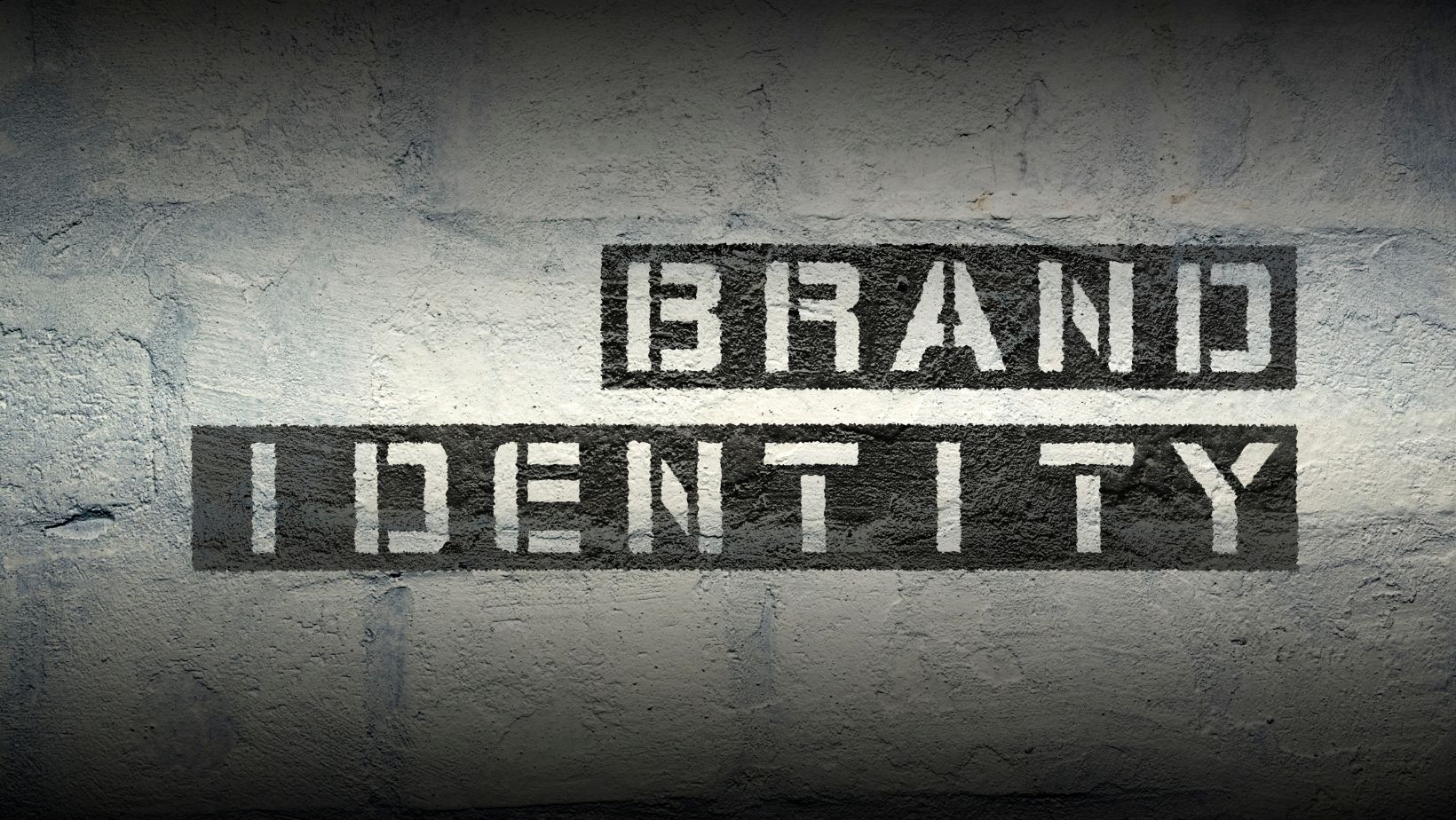
Regular audits help track how the brand identity fosters loyalty and brand equity.
Wrapping Up
Do you need a brand identity? – Yes (if you have a brand that is supposed to generate income). Do you need a branding identity agency to work on it? – Not always. Yet, the right agency will make sure your identity evolves with your business and keeps it relevant in a fast-paced market.
Here’s a checklist to help you choose the right brand identity agency:
- Experience and Expertise: Does the agency have experience in your industry or with similar businesses?
- Portfolio: Review their past projects—do they reflect creativity and consistency?
- Process and Collaboration: Do they involve you in the process and understand your vision?
- Client Testimonials: What do previous clients say about their work and impact on brand success?
- Brand Strategy: Do they offer a full-service approach, from brand identity development to execution?
- Flexibility and Adaptability: Can they adjust their approach to fit your unique needs?

